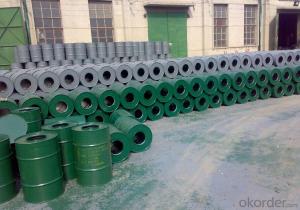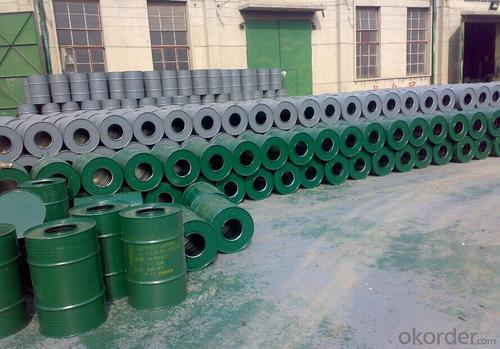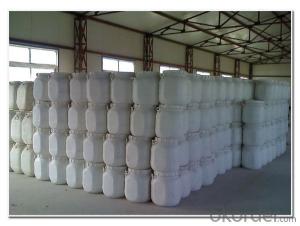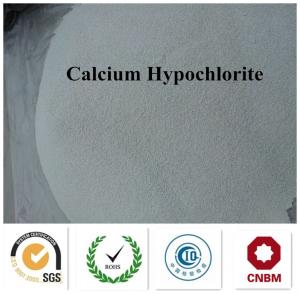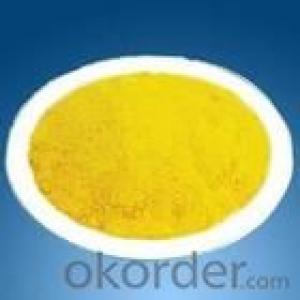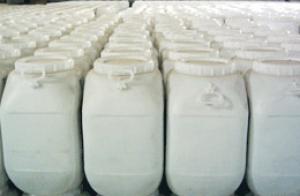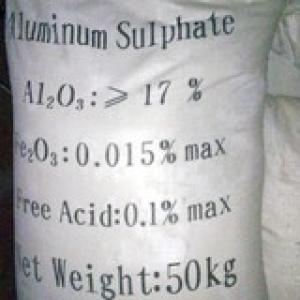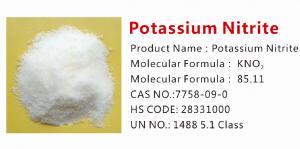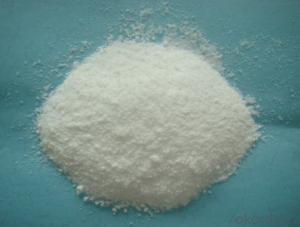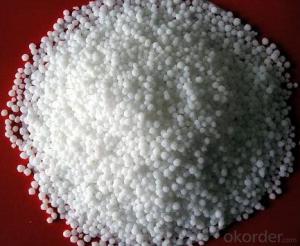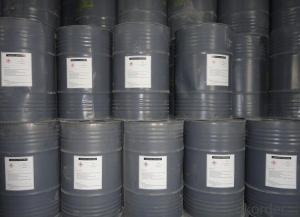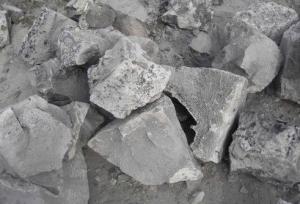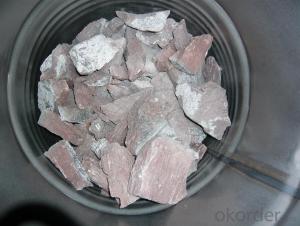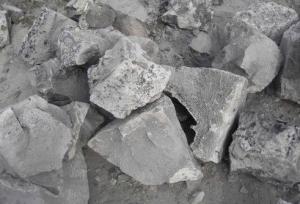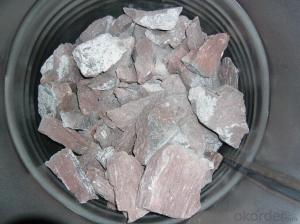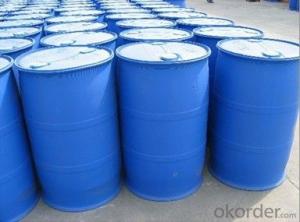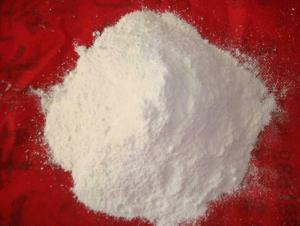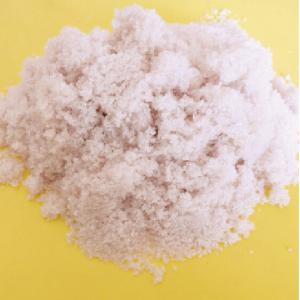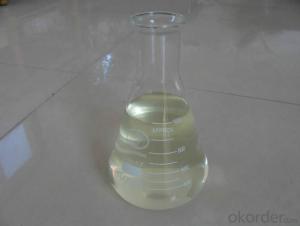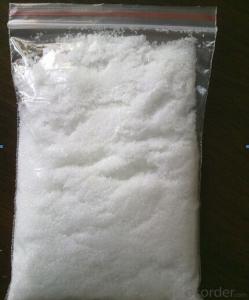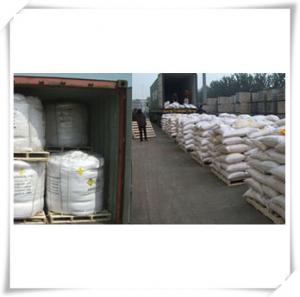Calcium Carbide with SGS TEST and Lower price
- Loading Port:
- Tianjin
- Payment Terms:
- TT OR LC
- Min Order Qty:
- 22.5
- Supply Capability:
- 1000 m.t./month
OKorder Service Pledge
OKorder Financial Service
You Might Also Like
This product is lumpy substance, its surface is a little deep gray, has slight nasty smell. It can produce acetylene gas when met water, it can burn when meets fire. The acetylene gas mix with air will form explosive gas (explosive range of acetylene gas in the air is 2.3% - 81%).
Technical specifications and features | ||
1. Name | Calcium Carbide | |
2. Molecular formula | CaC2 | |
3. UN | 1402 | |
4. Class | 4.3 | |
5. HS code | 28491000 | |
6. Gas yield20 101.3 Kpa | ≥295L/KG | |
7. PH3(V/V) | ≤0.08% | |
8. H2S(V/V) | ≤0.1% | |
9.Molecular weight | 64.10 (according to 1995 international relative atomic mass) | |
10. SIZE | 4-7,7-15,15-25,25-50,50-80,80-120MM | |
11. Packing | 50kg or 100kg iron drum | |
Cautions during transportion:
The packing must be kept in good condition and the goods should be stored in a dry,cool and ventilated place.It should be separate from the cargo can burn and acid.It should avoid meeting water and moisture.It should give off the acetylene in iron drum before storing in warehouse. Rolling drums,heavy putting down and colliding are not allowed to avoid the spark leads to explosion.
- Q: What is the physiological function of inorganic calcium
- Maintain cell osmotic pressure and acid-base balance
- Q: Magnesium can constitute chlorophyll, which reflects the nature of inorganic salts
- , to maintain the osmotic pressure of cells, especially for the absorption of nutrients in plants have an important role.
- Q: Several inorganic salts are lacking in symptoms and food sources
- Ingredients of iron-containing inorganic salts: fruit
- Q: Liver cancer diet should pay attention to what issues?
- Inorganic salts: minerals. Nutritionists divide inorganic salts into two categories: constant elements such as calcium, sodium, potassium, phosphorus, iron and the like; trace elements such as selenium, zinc, iodine, copper, manganese and germanium. Scientists have found that selenium, magnesium, copper, magnesium, iron and other minerals have anti-cancer effect. Liver cancer patients should eat more foods containing anti-cancer trace elements such as garlic, mushrooms, asparagus, corn, seaweed, seaweed, seaweed, clams, sea fish, egg yolk, brown rice, beans, whole wheat flour, nuts, pumpkin, , Kohlrabi and animal liver, kidney and ginseng, medlar, yam, Ganoderma lucidum and so on.
- Q: Which solvents have some solubility in inorganic salts
- A wide variety of dyes, dissolved complex. The original dyes are organic, but some salt, some metal complexes, some of the larger molecules of the fused ring compounds, some polymer heterocyclic compounds, in some common organic solvents in the solubility is better than disperse dyes Raw dyes and oil-soluble dyes (this is actually the raw material of solvent pigments, strictly speaking, not dyes). There are basically additives in the finished dyes, such as direct dyes, acid dyes, reactive dyes, cationic dyes and other water-soluble dyes will be added inorganic salts, disperse dyes, reducing dyes will be added sulfonate sodium dispersant. In addition, the dye and other chemical products, their purity requirements are generally very low, will allow the presence of certain insoluble impurities. So the organic solvent can not be completely dissolved dye products really is very common or even a normal phenomenon.
- Q: Does the plant roots absorb inorganic salt ions must be active
- Plants absorb inorganic salts and do not necessarily absorb water. Plants absorb moisture and absorb inorganic salts are two relatively independent processes. Plants absorb moisture through the infiltration of root cells to absorb water, the process is essentially free of water diffusion process, neither the carrier nor the need for energy; and plant absorption of inorganic salts is carried out by means of active transport, This process requires the carrier and consumes the energy generated by cell metabolism. Of course, plant water absorption and absorption of inorganic salts are a certain association, inorganic salts to be dissolved in water to be absorbed, and inorganic salt ions in the transport of plants can not be separated from water.
- Q: What are the main physiological functions of inorganic salts?
- enzyme composition and activator
- Q: in the ocean
- Salts are the result of the association of cations and anions. Cations are usually metals like Calcium, Sodium, Potassium anions are ususally sulfates, phosphates, carbonates...... calcium carbonate and calcium phosphate are useful in making bone. Potassium Chloride is important in heart beat regulation Sodium Chloride is important in maintaining blood pressure. Carbonate is important in blood chemistry and the transfer of energy within a cell. all these salts are found in abundance in the ocean. If you follow evolution, those salts in the ocean have given rise to our own blood chemistry and organic health.
- Q: Calcium is not an inorganic salt
- Is a metal element
- Q: I need help with this
- anything which contain carbon is organic. so enzyme is the odd one out.
Send your message to us
Calcium Carbide with SGS TEST and Lower price
- Loading Port:
- Tianjin
- Payment Terms:
- TT OR LC
- Min Order Qty:
- 22.5
- Supply Capability:
- 1000 m.t./month
OKorder Service Pledge
OKorder Financial Service
Similar products
Hot products
Hot Searches
